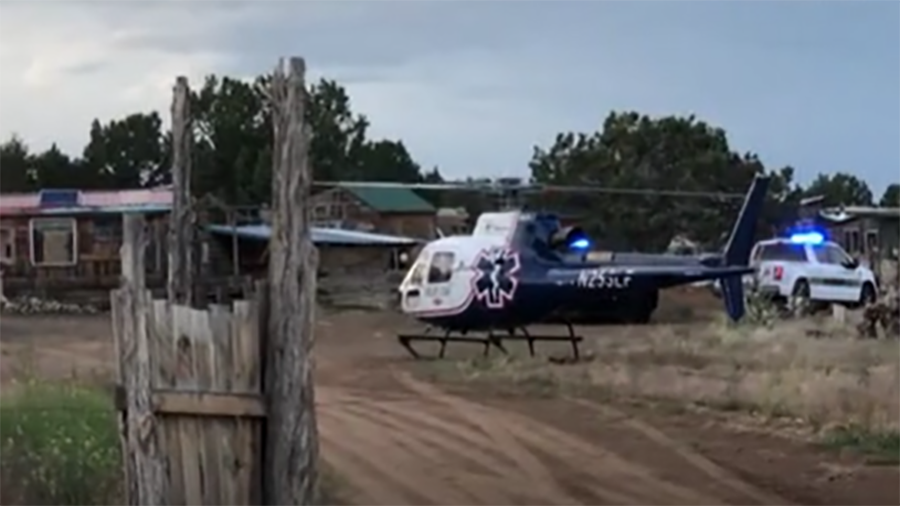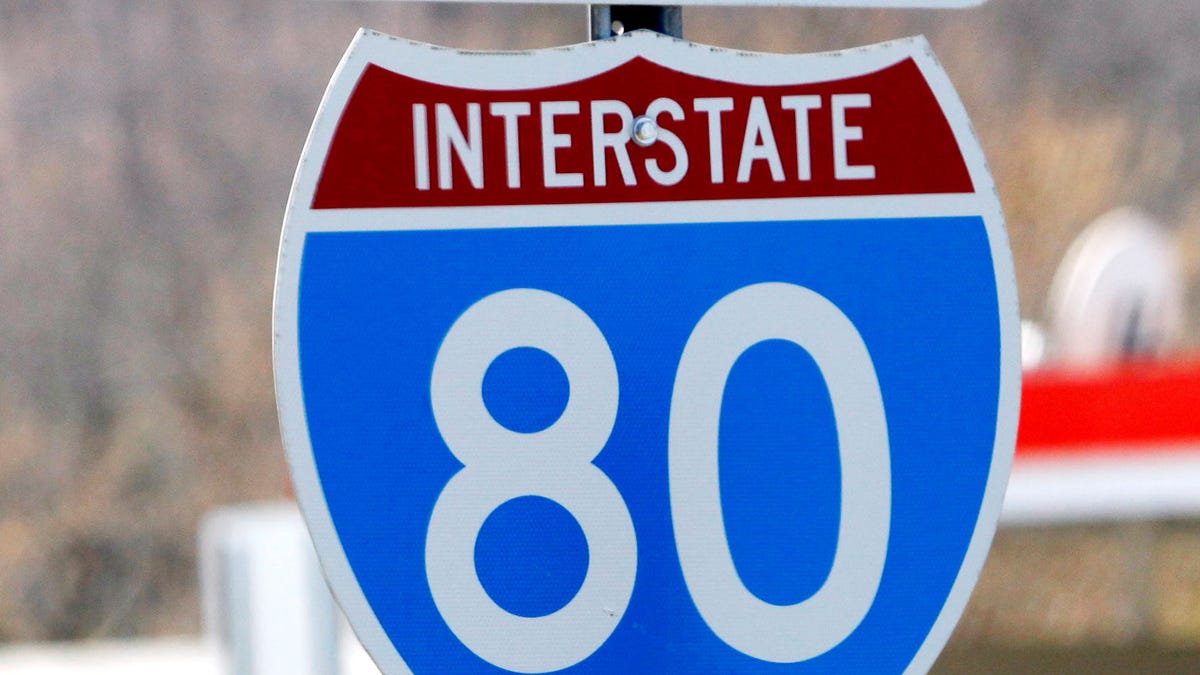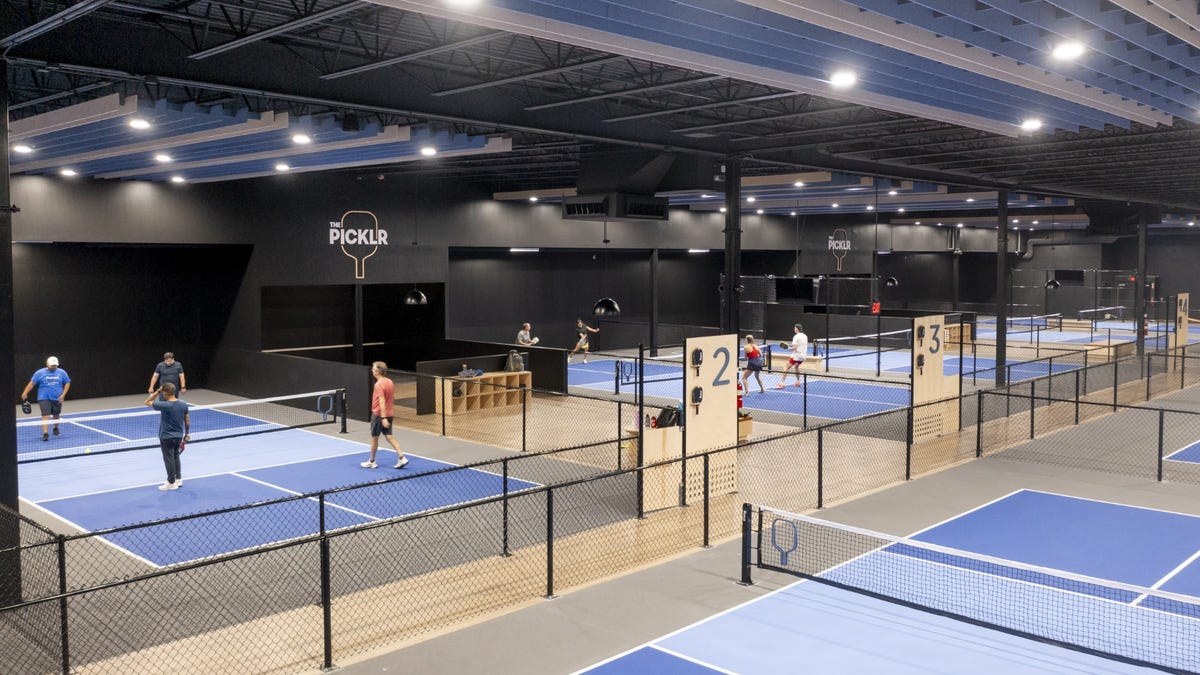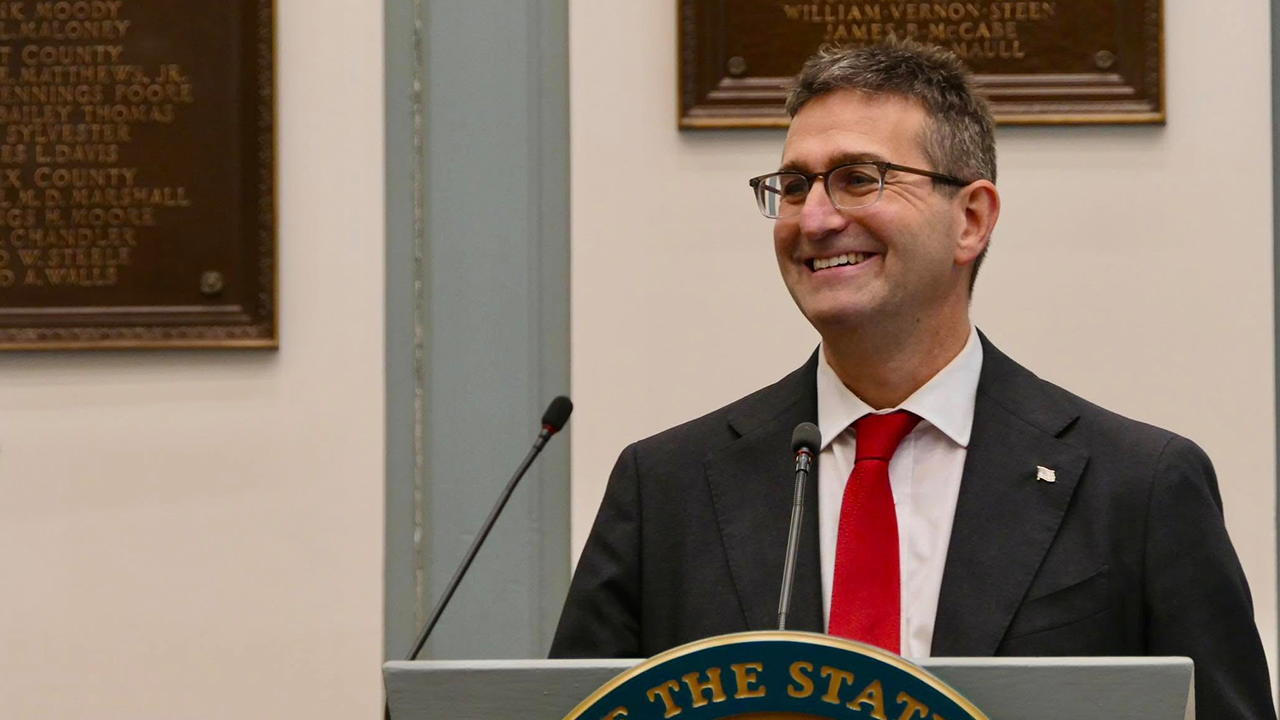Utah
Utah boy in hospital after accidentally setting self on fire

CEDAR CITY, Utah — A 12-year-old boy is in the hospital tonight, facing a long-painful recovery after a burn accident just outside of Cedar City. The boy accidentally caught himself on fire while standing next to a burn barrel.
“We’re always heartbroken when a child is involved,” said Lieutenant Jeff Humphries, Iron County Sheriff’s Office.
This boy was hurt last night around 7:30 at a home near 5600 North and 4100 West northwest of Cedar City. According to Humphries, the boy used a squirt bottle filled with gasoline on the fire.
“The child had grabbed that squirt bottle and sprayed it onto the fire when the parent walked away for a period of time, at which point a flash burn came and affected his face, throat, and frontal region with third-degree burns,” Humphries said.
When emergency responders arrived on the scene, they found the child in a second barrel filled with water.
“They found the child in a barrel of water in an attempt to ease the pain of the child, the parents had put him in water,” Humphries said. “At that point, the officers removed him from the water and put him in sheets to help preserve the wounds and keep infection out.”
A permit is required for a burn barrel in Iron County. Humphries said it’s unknown if the family had obtained one. He said the squirt bottle was still on the scene when investigators arrived and was marked as gasoline.
“It’s an accident, it’s an unfortunate accident,” Humphries said. “I want people to take away from this that maybe be more conscious when you have active flame or fire, it only takes a second to turn away from our child for something like that.”

Utah
Utah’s energy future – @theU

Above: Wilkes Center energy future panel discussion: from left, Laura Nelson (Idaho National Laboratory), Joseph Moore (Utah FORGE), William Anderegg (Wilkes Center for Climate Policy and Policy), Teresa Foley (rPlus Energies), Logan Mitchell (Utah Clean Energy)
At a recent panel discussion at the Wilkes Center for Climate Science & Policy’s annual summit at the University of Utah, energy experts gathered to discuss the future of alternative energy in Utah.
The panel represented a diverse cross-section of Utah’s energy landscape, featuring leaders from a national laboratory, academic research, non-profit advocacy and private industry. What emerged was a picture of a state uniquely positioned to lead in the clean energy transition, with abundant natural resources and a collaborative approach to energy development.
What also became evident during the discussion, moderated by Wilkes Center director William Anderegg, is that the U continues to be a key player in moving publicly funded research directly and often quickly to market, scaling new technologies for the benefit of all Utahns. “One Utah” and “The University for Utah” are not just aspirational mantras but actual products and services currently materializing in communities across the state. Large-scale energy production and grid expansion and resilience are no exception.
Utah’s ‘energy royal flush’
Theresa Foxley
“Utah was dealt the energy royal flush,” said Teresa Foxley, chief of staff for rPlus Energies, referencing an op-ed her company published recently about Utah’s diverse energy resources. Beyond traditional fossil fuels, Utah boasts exceptional renewable resources including solar, wind and geothermal, positioning the state for leadership in the energy transition.
Foxley’s company, a Salt Lake City-based renewable energy developer, exemplifies this potential. rPlus Energies is currently constructing the Green River Energy Center in Emery County, a massive 400-megawatt solar project paired with 400 megawatts of battery storage. When completed in 2026, it will be “the second largest project of its type in the country,” she said and represents a $1.1 billion investment in rural Utah.
The company is also developing pump storage hydro projects, a technology that pairs well with both renewable and nuclear energy by storing energy when abundant and releasing it during peak demand periods.
World-leading geothermal research

Joseph Moore
Josepth Moore, a research professor at the U, highlighted the state’s leadership in enhanced geothermal systems (EGS). He directs the Frontier Observatory for Research in Geothermal Energy (FORGE), a Department of Energy-funded project in Milford, Utah.
“FORGE is the only facility of its kind in the world, and so people around the world are certainly looking at us,” Moore stated. “We are leading the world in enhanced geothermal development already.”
Unlike traditional geothermal systems that rely on naturally occurring hot springs, EGS creates geothermal reservoirs by fracturing hot rock deep underground. The FORGE project has made significant advances in reducing drilling costs and developing new stimulation techniques that have attracted interest from major energy companies.
Moore emphasized geothermal’s enormous potential: “Tapping even 2% of the energy between two and six miles would give us more than 2000 times the yearly US energy needs. Keep in mind, this is clean. This is benign, very low environmental impact, very low induced seismic risks.”
Nuclear’s role in a clean energy future

Laura Nelson
Laura Nelson, Idaho National Laboratory’s (INL) regional engagement lead in Utah, discussed how nuclear energy can contribute to a reliable, clean energy future. Often considered “the nation’s nuclear energy lab,” INL, located in Idaho Falls, has been at the forefront of nuclear energy research for 75 years.
“We have a vision to change the world’s energy future,” Nelson said, describing INL’s mission to create “a resilient and sustainable energy future for everyone…that’s affordable, reliable, resilient and accessible.”
Nelson highlighted the growing interest in advanced nuclear reactors in Utah and throughout the West. Unlike the large nuclear plants built in the 1970s, she explained, these newer designs include small modular reactors (SMRs) and micro-reactors that offer flexibility for various applications, from providing consistent power for AI data centers to supporting military operations in remote locations.
“We need power that’s available when other resources may not be available, that we can call on 24/7, that can be there to meet our energy needs when maybe other resources aren’t available, or if we have failures on the system,” Nelson explained, emphasizing the importance of “firm power” in an increasingly renewable-heavy grid.
Clean energy economics and climate action

Logan Mitchell
Logan Mitchell, a climate scientist and energy analyst with Utah Clean Energy, brought the climate perspective to the discussion. As a nonprofit organization that has worked for 25 years to accelerate climate solutions in Utah, Utah Clean Energy focuses on decarbonizing buildings, transportation and the electricity sector.
Mitchell highlighted how economics is now driving the clean energy transition: “Clean energy is the most cost-effective form of energy production. It’s just more efficient…right now. This is the economics, and the efficiency of it is really overtaking other motivations.”
He also emphasized how renewable energy is bringing economic benefits to rural communities through tax revenue: “This pays for the local community center, the pharmacies and the pharmacists and the hospitals in those communities and is giving a lifeline to those communities.”
Collaboration as Utah’s strength
A common theme throughout the discussion in front of an appreciative late-afternoon crowd was Utah’s collaborative approach to energy development. The panelists agreed that Utah’s pragmatism and willingness to work across different energy resources has positioned the state as a leader in energy innovation.
As Mitchell noted, “We all need to get there together. We can’t leave behind the communities that powered us in the past. We all need to get there together.”
When asked about Utah’s electricity mix in 2035, the panelists offered varied predictions but generally agreed that the state would see more renewable energy, storage solutions and potentially nuclear power in its future. Mitchell suggested the grid could ultimately reach about 70% wind and solar with 30% “dispatchable” resources like geothermal, nuclear and hydropower
For Utah to overcome barriers to scaling these technologies, the panelists identified several challenges: misconceptions about renewable energy reliability, regulatory hurdles and permitting timelines, technological limitations and costs. Even so, they remained optimistic about Utah’s potential to lead in clean energy development through continued innovation and collaboration.
Higher education’s impact happening now
As Utah’s flagship RI university, the U is a critical player in the future of energy production in the Beehive State. Beyond hosting the 2025 Wilkes Climate Summit, which annually convenes leading policymakers, and nationally recognized scientists, foundations, and innovators to discuss the most promising and cutting-edge solutions for climate change, the U demonstrates repeatedly how academics and research translate directly and often quickly to public benefits.
As Nelson summarized: “Utah is a special place, and I appreciate that we often come together collaboratively when we disagree upon solutions, and our energy system is a critical part of that, because it’s so important to our quality of life, to our economies.”
Utah
Audit finds problems with Utah public school construction standards

SALT LAKE CITY — A new performance audit released Tuesday by the Office of the Legislative Auditor General (OLAG) reveals consistent problems across the state when it comes to construction standards for public school projects.
The OLAG says that the Utah State Board of Education (USBE) is not sufficiently overseeing school constructions and that the legislature should seek alternatives.
One cornerstone of public safety in schools is how those facilities are built. In recent years, there is plenty of building being done.
“Since 2019, [USBE] have overseen over $3.6 billion worth of constructions,” said Jesse Martinson with OLAG, who helped manage this audit.
But does all that work meet state standards?
“We looked at 30 projects and found that 87 percent (26 of the projects) did not receive a permit from USBE,” Martinson said.
The legislative auditor general found that it often hasn’t. In another example, out of 41 local districts statewide, only five of their building officials had proper code certifications.
“These codes represent the minimum standards to protect the life and safety of occupants,” said Jake Davis, who’s credited as the lead performance auditor on this report with OLAG.
Davis says there were also problems with inspection reporting compliance, from projects missing plan reviews to multiple schools not building firewalls.
“We are at a decisive point in the future of oversight of school construction,” said Deputy Superintendent Scott Jones with USBE.
Jones says the state board requested this audit because while they have a process for handling non-compliant buildings, resources are limited.
“It doesn’t go unresolved or unnoticed – it just takes time,” Jones said. “Myself and one other position are dedicated to school construction oversight.”
Another issue the audit uncovered was that one school district’s bid practices were concerning.
The unnamed district gave 18 construction projects exclusively to one contractor since 2014, with the costs totaling up to over $250 million.
The auditors say this bundling tactic may not be inappropriate, but it “exhibits the appearance of impropriety.”
House Speaker Mike Schultz (R-Hooper) said any changes implemented should also aim to better benefit the taxpayer.
“Because you look at these Taj Mahals that are being built — all across the state,” said Speaker Schultz. “In many cases, it’s 25, 30, 40 percent more than what needs to be spent.”
So lawmakers now have to lay the groundwork for that future.
“There are a lot of independent inspectors out there that can be hired,” Speaker Schultz said. “I think that can be happening and, quite frankly, should be.”
Whether the answer is designating a new state agency to absorb USBE’s responsibilities, giving more power to local agencies or improving the current system, Senate President Stuart Adams said this project is a tough one they intend to tackle together.
“We all want the same things,” said Jones. “We want our kids to be educated in very safe environments and very safe buildings.”
Utah
Utah Jazz’s Lauri Markkanen Floated in Trade Rumors With 76ers

Could the Utah Jazz look into a Lauri Markkanen trade once again this summer?
When asking around the league, a few teams seem to think that possibility is yet again on the table for the Jazz front office.
According to ESPN draft expert Jonathan Givony, some teams across the NBA expect the Philadelphia 76ers to investigate a trade involving their third-overall pick, and Markkanen, along with Kevin Durant, could be potential targets.
“Some teams expect the Sixers to be active in trade conversations, with names such as Kevin Durant (Phoenix) and Lauri Markkanen (Utah) as potential targets in packages that could include Paul George and the No. 3 pick,” Givony said. “Sixers president of basketball operations Daryl Morey has made a career of being active and aggressive on the trade front, but historically, it’s rare to see a top-three pick being traded.”
The Jazz silenced any and all trade chatter on Markkanen at the end of last summer heading into the 2024-25 campaign by inking him to a five-year, $280 million extension, effectively placing a trade restriction on his services throughout the entirety of the regular season.
But now, the offseason is getting underway. That trade restriction is no longer in play, and with it could come a change of tune from the Jazz brass concerning a Markkanen trade, if they see an opportunity come their way that they like. Perhaps a trade into the top three to acquire a young franchise cornerstone could be the move to push the needle.
Markkanen comes off an injury-ravaged and up-and-down season, one where he played in 47 contests to average 19.0 points, 5.9 rebounds, and 1.5 assists on 42.3% shooting from the field. While not up to the standards he’s posted for the past two years in Utah, the league knows what Markkanen can do at his best, and maybe for Philadelphia, he could be the win-now piece they covet more than a young prospect.
However, it still remains up in the air if this Jazz front office truly wants to part ways with their star talent in Markkanen. Just last offseason, we saw how highly Utah valued their All-Star forward in trade rumors with those like the Golden State Warriors, where the saga ended in their asking price being too high, and inevitably putting pen to paper on a new extension.
Could the Jazz have changed their mindset after one year into Markkanen’s contract? It’s hard to say, but to pick up a long-aspired high-ceiling young player into the top three of the draft, maybe Utah finally ends up pulling that trigger.
Though with an executive like Danny Ainge at the helm, it’s hard to map out how any offseason could eventually transpire. This time around is no different.
Recommended Articles
-

 Education1 week ago
Education1 week agoA Professor’s Final Gift to Her Students: Her Life Savings
-

 Politics1 week ago
Politics1 week agoPresident Trump takes on 'Big Pharma' by signing executive order to lower drug prices
-

 Education1 week ago
Education1 week agoHarvard Letter Points to ‘Common Ground’ With Trump Administration
-

 Culture1 week ago
Culture1 week agoBook Review: ‘Original Sin,’ by Jake Tapper and Alex Thompson
-

 Culture1 week ago
Culture1 week agoTest Yourself on Memorable Lines From Popular Novels
-

 News1 week ago
News1 week agoAs Harvard Battles Trump, Its President Will Take a 25% Pay Cut
-

 News1 week ago
News1 week agoWhy Trump Suddenly Declared Victory Over the Houthi Militia
-

 News1 week ago
News1 week agoAustin Welcomed Elon Musk. Now It’s Weird (in a New Way).



















